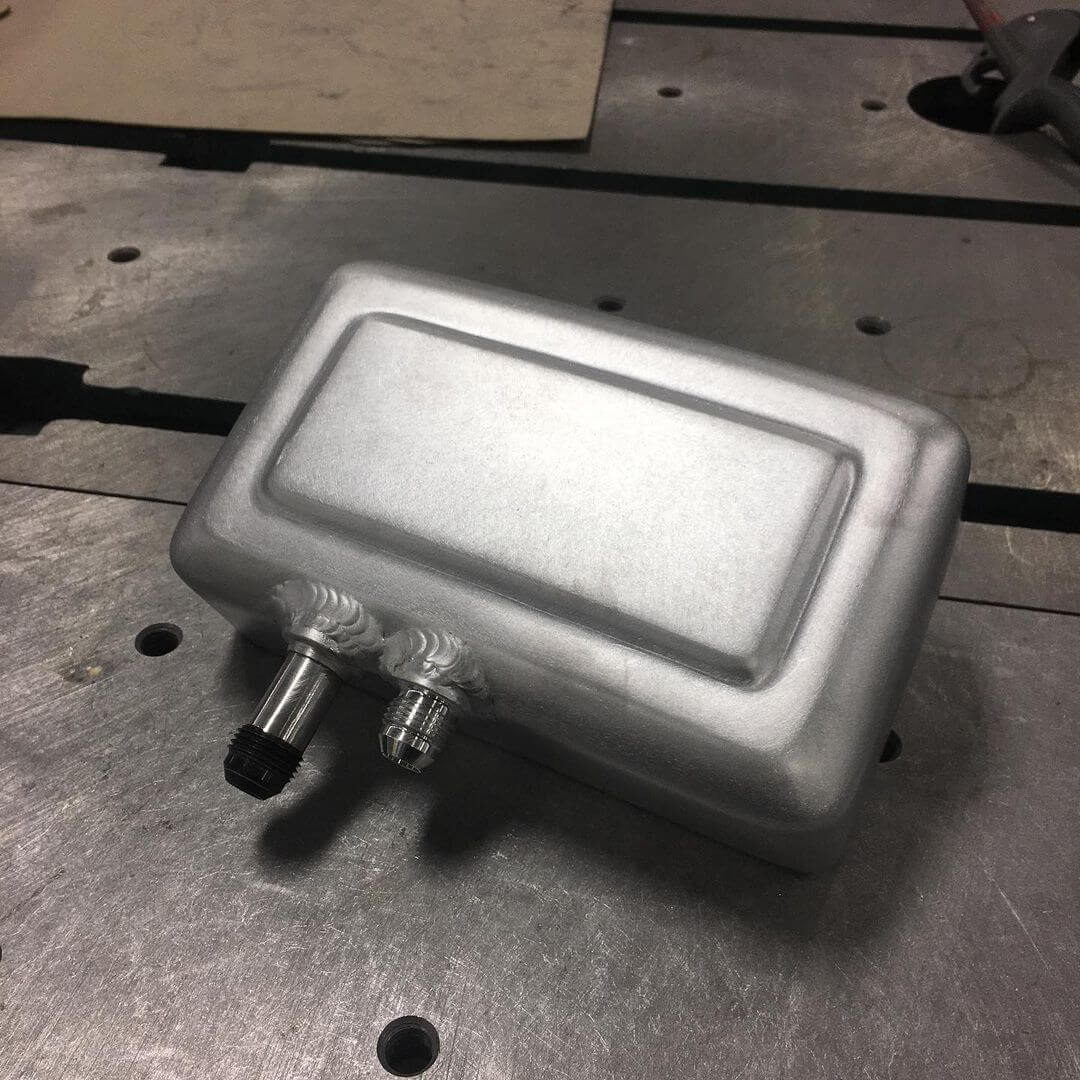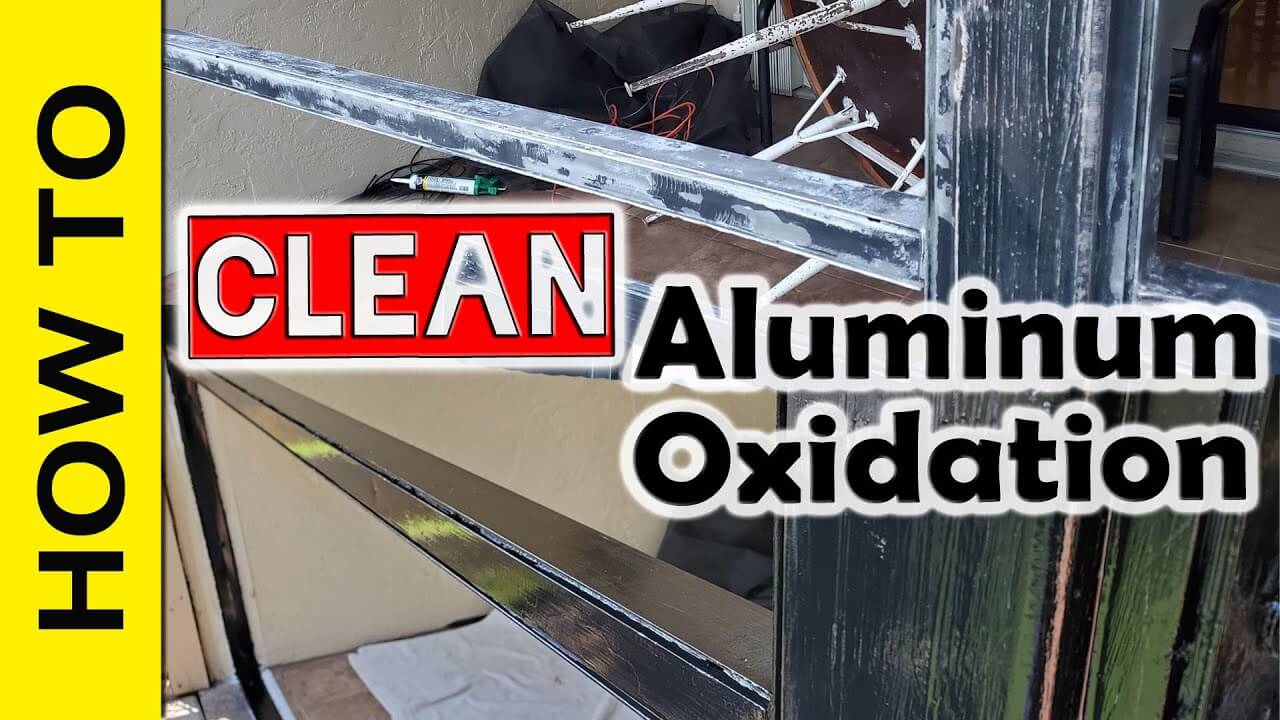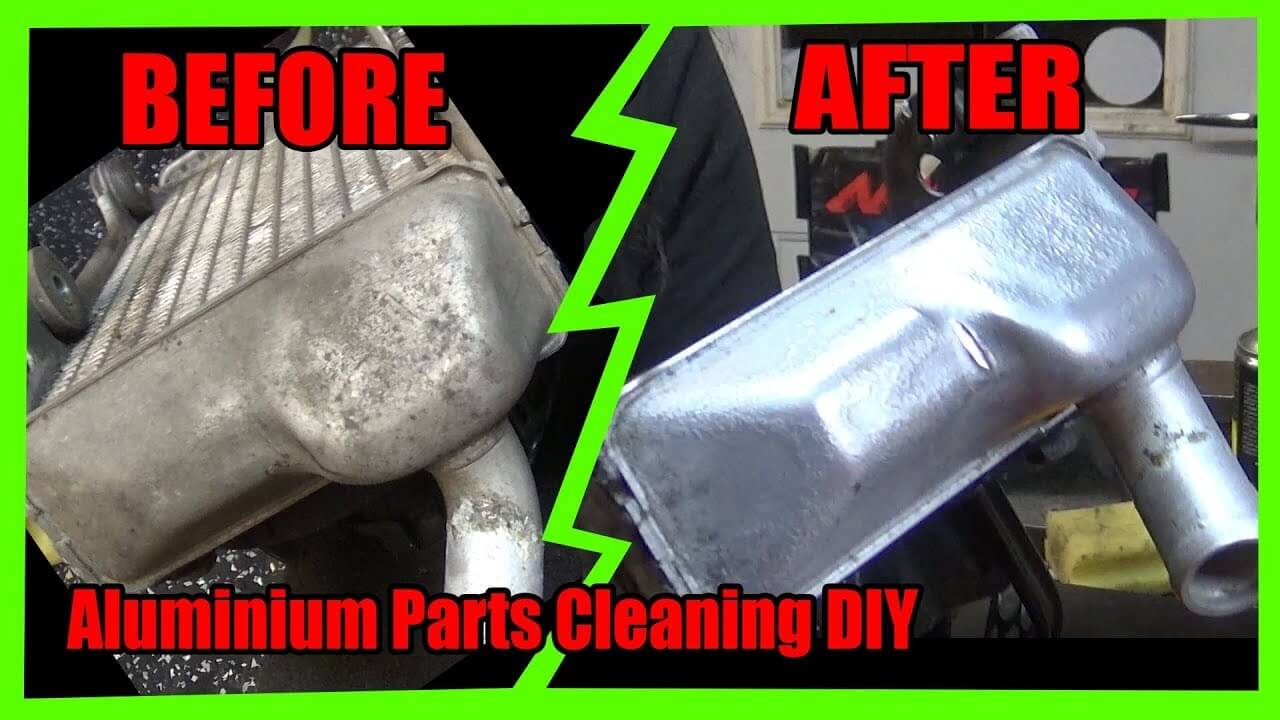Does Aluminum Rust or Corrode?
Have you ever wondered about the durability of aluminum? Surprisingly, nearly 75% of all aluminum ever produced is still in use today, thanks to its corrosion resistance. But does aluminum rust or corrode?
In a Nutshell:
Aluminum does not rust like iron or steel; it undergoes a process known as corrosion. This corrosion manifests in various forms – atmospheric, pitting, galvanic, and more. The key to preventing corrosion lies in understanding these forms. Surface treatments like anodizing, painting, or coating with certain metals can effectively shield aluminum from corrosion. Each form of corrosion has its specific prevention method, ensuring aluminum’s longevity and integrity in diverse environments.
Understanding the nature of aluminum’s corrosion is crucial. By identifying and applying appropriate preventative measures, we extend the life and maintain the aesthetic and structural integrity of aluminum components, ensuring their continued effectiveness and durability.
What Is Aluminum Corrosion and How Does It Occur?
Aluminum, known for its lightweight and high strength, is not immune to the natural process of corrosion. Distinguishing between corrosion and rust is essential in comprehending aluminum’s reaction to environmental factors.
Aluminum corrosion is a slow, progressive process, often unnoticeable until significant damage has occurred. This metal’s chemical reactivity, despite its passive nature, makes it susceptible to various forms of corrosion. Understanding these processes is key to maintaining the integrity and longevity of aluminum products or structures.
Atmospheric
Atmospheric corrosion is perhaps the most common and oldest type of corrosion in any metal. This type of corrosion occurs when metals are exposed to the atmosphere and its components (such as pollutants, moisture levels, etc.).
Atmospheric corrosion can be categorized into damp, wet, and dry corrosion based on how much moisture the metal was exposed to and how much corrosion has occurred as a result.
Wetter regions will experience more corrosion than drier areas; factors such as temperature changes, precipitation, wind direction, and proximity to any water bodies will also affect the occurrence of corrosion. Sufficient drainage and designs that don’t allow water or condensation to accumulate will help keep atmospheric corrosion at bay.
Corrosion Fatigue
When metals constantly face corrosion stress (such as prolonged exposure to water, salt, seawater, or the atmosphere), their quality degrades, and their lifespan prematurely shortens due to the effects of the corrosive environment.
This phenomenon is known as corrosion fatigue. In aluminum, such stress can cause cracks, which further devolve into pits.
For corrosion fatigue to occur, the presence of moisture or water in the atmosphere is a necessity.
Deposition
Deposition corrosion or deposit corrosion occurs when deposits form on the surface of the metal. This kind of corrosion is localized and intense.
For example, when liquids constantly flow through tubes or objects made of certain metals or materials, they tend to collect ions of this material, which then get deposited onto any surface they come in contact with.
With sufficient accumulation, these ions corrode the metal’s surface; in this case, aluminum.
Usually, heavy metals such as mercury, lead, copper, nickel, tin, and acidic solutions are the major causes of aluminum deposit corrosion. As a rule of thumb, the further apart aluminum and the metal are in the galvanic series, the worse the corrosive effect.
Erosion
The corrosion of aluminum that occurs when it’s exposed to high-velocity jets or high-speed flow of water is known as erosion-corrosion. The higher the pH level of the water, the worse the corrosion, with the latter speeding up significantly when exposed to pH levels above 9.
The presence of chemicals such as silica and carbonate can also accelerate the corrosion process. Checking the pH levels and keeping them as neutral as possible, improving the quality of water, and reducing the amount of carbonate and silica will help reduce erosion-corrosion.
Exfoliation
Exfoliation corrosion is a kind of intergranular corrosion that occurs in aluminum and aluminum alloys that have certain directional structures. This simply means that corrosion can occur under the aluminum’s surface and cause the grains to rise above the surface level, causing the metal to expand in all directions.
This expansion further builds up stress and accelerates the product’s weakening.
Exfoliation corrosion can be commonly observed in products that have been processed using cold or hot rolling procedures, where the grains of the metal are heavily flattened and deformed. The corrosion is identifiable by surface damage such as blistering, flaking, and pitting.
Heat treatment methods can help reduce the occurrence of exfoliation corrosion.
Galvanic
Galvanic corrosion occurs when aluminum comes in contact with a noble metal (metals that naturally occur in their raw form and are typically resistant to corrosion).
The contact can either be physical or through a connected electrolyte.
The further away the noble metal is from aluminum in the electrochemical series, the worse the corrosion. Galvanic corrosion usually occurs very quickly when the two metals come in contact.
General
General or uniform corrosion is corrosion on the aluminum surface that occurs due to prolonged exposure to highly alkaline or acidic mediums.
In such solutions, the oxide layer, which is usually formed as a reaction to corrosion, is unstable and, therefore, unable to protect the metal. This causes the aluminum to dissolve completely.
General corrosion needn’t be completely uniform; valleys and peaks will exist, but the absence of deep corroded spots is sufficient to identify corrosion as general.
Intergranular
Intergranular corrosion is identifiable by quick, localized, pit-forming corrosive action.
As we know, metals and alloys are made up of grains at the microstructure level. These grains are separated by boundaries. Intergranular corrosion occurs along these grain boundaries.
Intergranular corrosion can be of various types, depending on the microstructure and any thermochemical treatments used. Therefore, some aluminum alloys may be more resistant to such corrosion than others.
Microbiological Induced
As the name suggests, this type of corrosion occurs as a result of exposure to microbiological elements such as fungi and other microorganisms. Such corrosion is especially common in oil and fuel tanks, where the presence of even minimal moisture or water can create a conducive environment for these organisms to flourish.
In such an environment, these organisms consume the oil or fuel in the tank and excrete corrosion-causing acids that impact any aluminum that is in contact. The corrosion occurs in the form of pits.
Such corrosion can be combatted by removing all water content as far as possible and purifying the oil/fuel. Fungicides can also help.
Pitting
Pitting corrosion, as indicated by the name, is identifiable by the formation of pits on the surface of the metal. These pits are generally harmless to the metal’s integrity and strength but severely impact the metal’s aesthetic appearance.
Pitting occurs when aluminum is exposed to a saline atmosphere. The most severe pitting corrosion occurs in environments with highly acidic or alkaline salts.
Stress Corrosion Cracking
Also referred to as SCC, stress corrosion cracking is a type of intergranular corrosion.
Such corrosion occurs in certain conditions—a susceptible alloy (such as a high-yield strength alloy), a wet or humid environment, and the presence of tensile stress in the metal, which is responsible for the cracking.
SCC can be transgranular or intergranular. In the former type, corrosion cracking passes through the bodies of the grain and not along the grain boundaries, whereas it is the opposite in the latter type.
Wormtrack
Also known as filiform corrosion, wormtrack corrosion starts as pitting corrosion in the spots where any paint or surface coating has peeled off the surface, exposing the aluminum underneath.
High humidity and chloride anions accelerate this type of corrosion, with propagation occurring through crevice corrosion.
Keeping the metal surface damage-free, reducing the amount of relative humidity in the environment, and ensuring that any gaps in the surface are sealed with wax or paint
What Does Aluminum Corrosion Look Like?
Aluminum corrosion is identifiable by a whitish, hard layer formed on the surface, caused by the oxygen and aluminum molecules bonding and further oxidation stopping.
However, depending on the type and reason for corrosion, it can also appear in the form of pits, cracks, raised grains, holes, and other types of degradation.
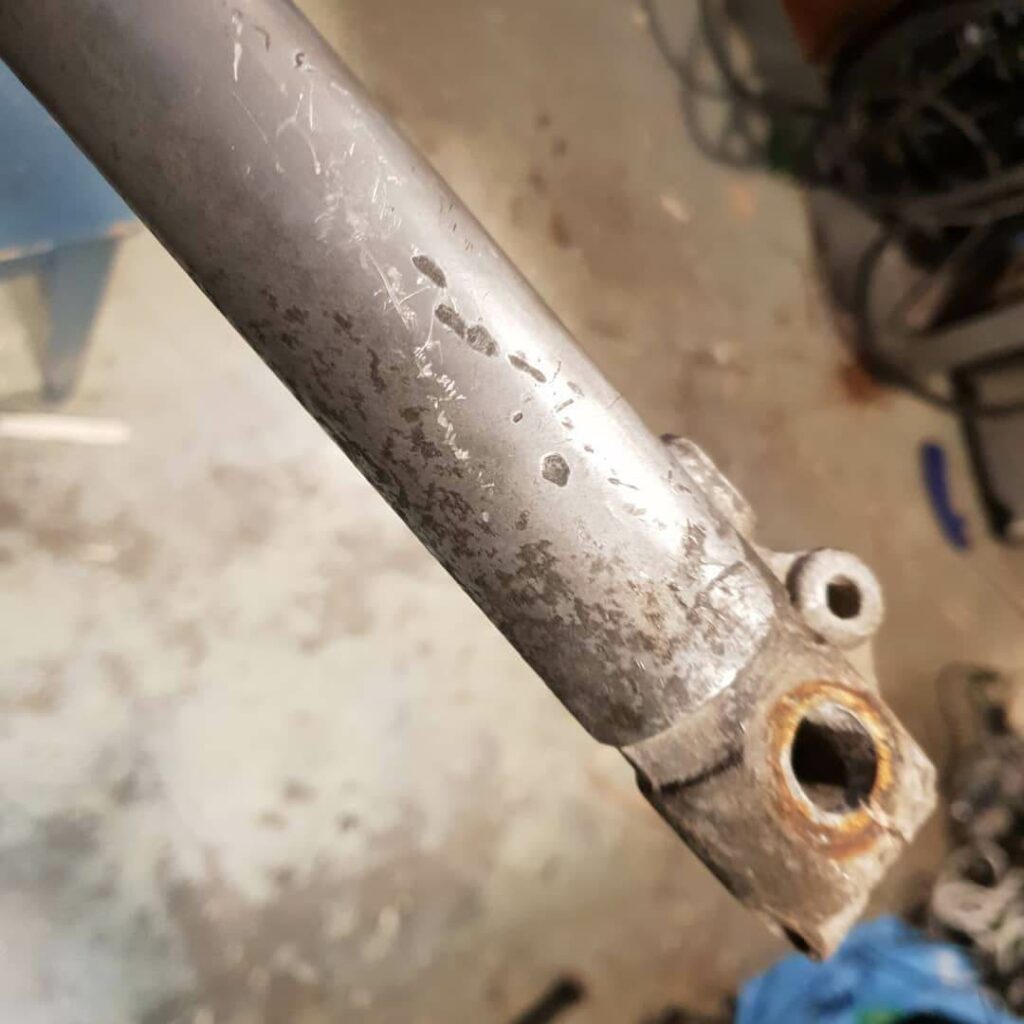
How Corrosion Resistant is Aluminum?
Aluminum is among the most corrosion-resistant metals out there, thanks to the formation of the thin, impermeable oxide layer that stops further oxidation from taking place.
However, the corrosion resistance is considerably lower in saltwater than when exposed to the atmosphere.
Aluminum Corrosion Resistance Chart
Keep in mind that the corrosion resistance of aluminum alloys can vary depending on the specific conditions they are exposed to.
Factors such as humidity, temperature, and exposure to certain chemicals can all affect the corrosion resistance of aluminum.
This chart should be used as a general guide, but it is not a definitive source of information.
| Alloy | Corrosion Resistance | Conditions | Applications |
|---|---|---|---|
| 1100.H14 3003.H14 5005.H14 | Imperviousness- Poor | Indoor, dry | These alloys are not recommended for use in environments where corrosion resistance is important. |
| 3002 3104 4043 3204 | Imperviousness- Fair | Outdoor, humid | These alloys may not be suitable for use in certain environments, such as marine or industrial settings, where corrosion resistance is a key requirement. |
| 3105 5005 5050 6063 | Imperviousness- Good | Indoor, dry | These alloys may not be as resistant to corrosion as the alloys listed in the excellent category, but they can still perform well in many applications. |
| 2024 3003 5052 5083 | Imperviousness- Excellent | Outdoor, humid | These alloys generally have good corrosion resistance in a wide range of environments, including marine, industrial, and architectural applications. |
| 5086 5454 5456 6061 7075 | Imperviousness- Superior | High Humidity | These alloys have the highest grade corrosion resistance in a range of varying environments, including commercial HVAC, firearms, and testing applications. |
It’s important to note that surface treatments such as anodizing, painting, or plating can also improve corrosion resistance.
How Quickly Does Aluminum Oxidation Occur?
Aluminum oxidation can take days, weeks, or even years, depending on the intensity and consistency of the exposure to the corrosive element.
However, the very first oxide layer forms almost immediately if there is sufficient oxygen.
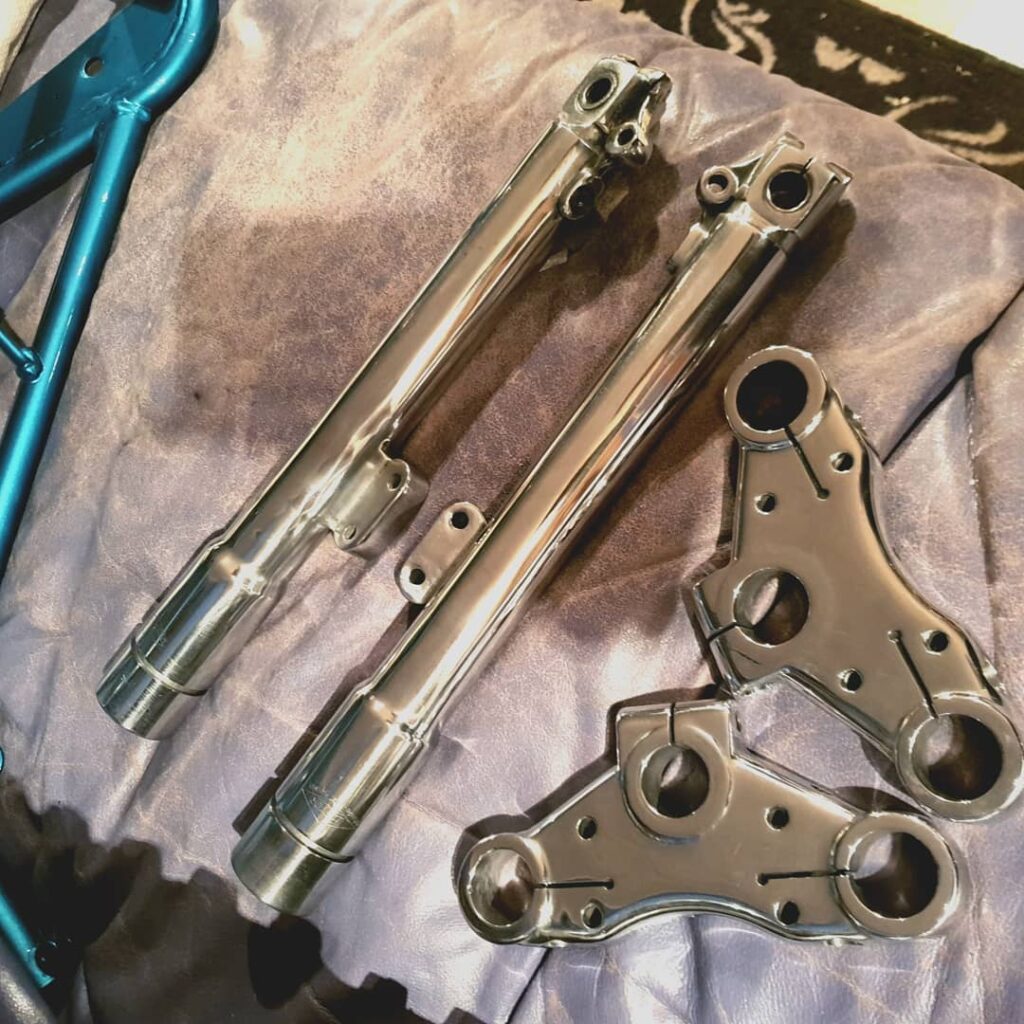
How Do You Stop Aluminum From Oxidizing?
Surface treatments, in addition to the specific methods mentioned under each type of corrosion, will help form a protective coat that prevents the oxidation of aluminum. If you want to retain the aluminum look, a thin anodic or clear coat can be used.
Additionally, storing the aluminum in climate-controlled environments, where the exposure to humidity, rain, and other natural elements is minimal, will help keep oxidation at bay.
Ideal Protective Coatings for Aluminum
Some ideal protective coats against aluminum corrosion:
The Bottom Line
Learning about the types of corrosion in aluminum will help you better protect your aluminum. Even if corrosion sets in, being able to identify the type will let you take the right redressal measures.
Key Takeaways:
Aluminum corrosion is highly common but left unchecked; it can cause the metal to degrade pretty significantly. However, armed with this knowledge and metal fabrication tools, you can now combat aluminum corrosion, in any form, efficiently!

